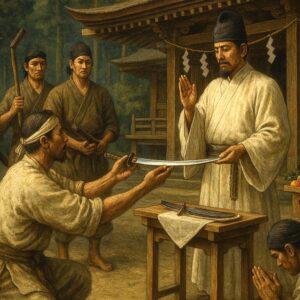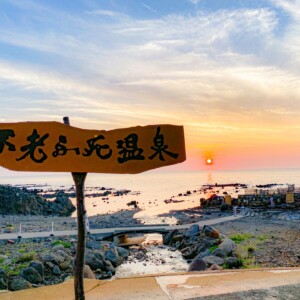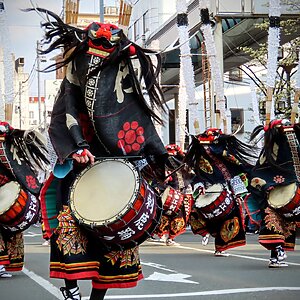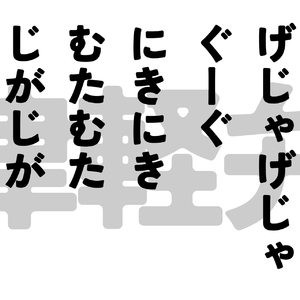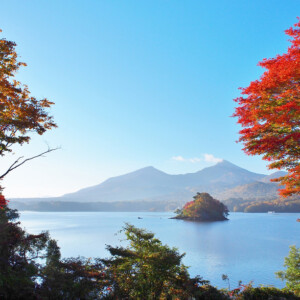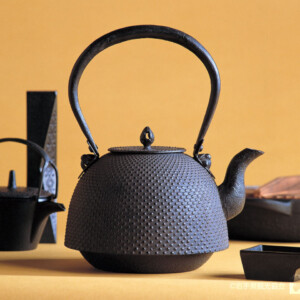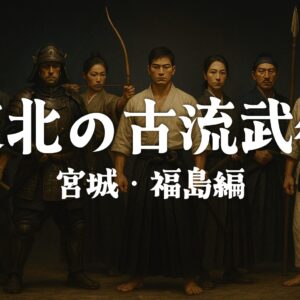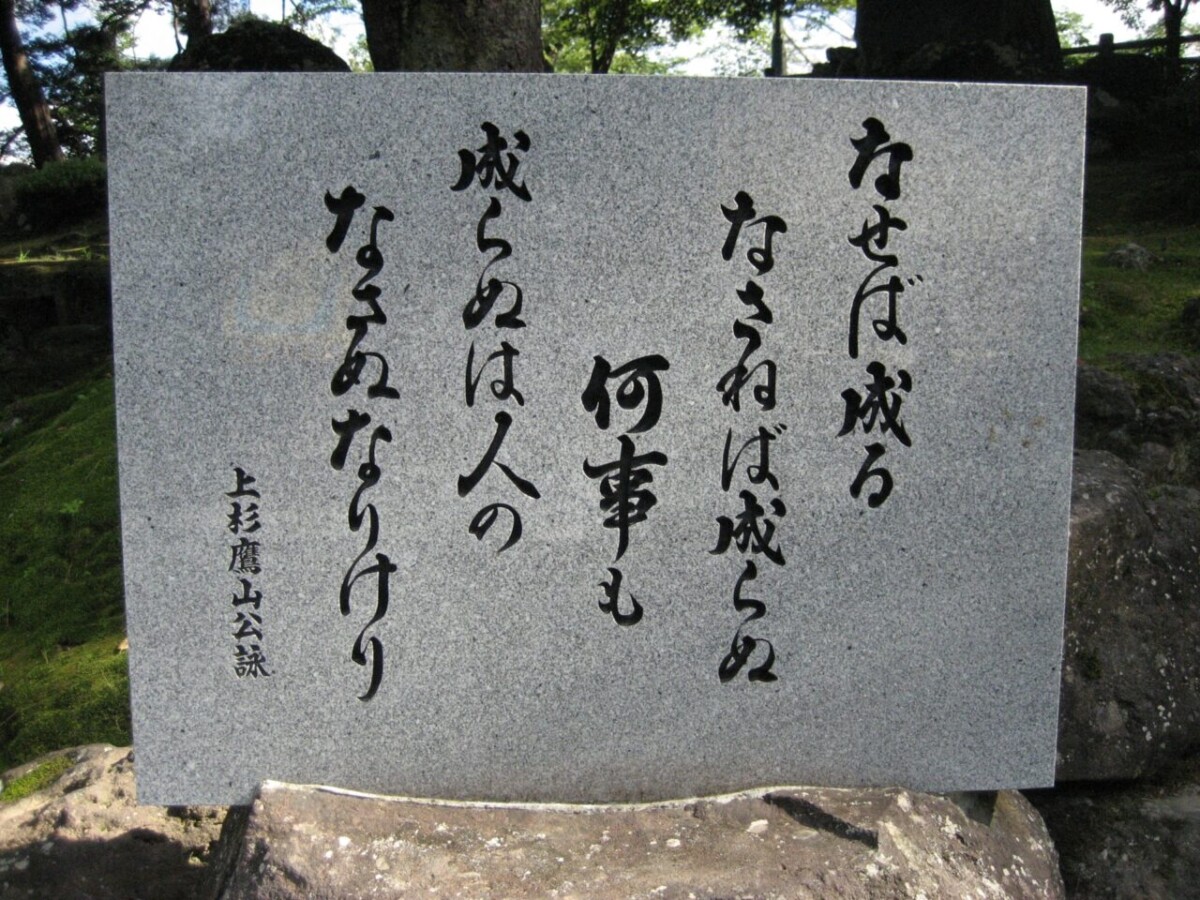
The lord of Yonezawa Domain, the journey to the history of Uesugi Takayama, what is the thought that was put into words "If you do it, you will become"? [Yamagata Prefecture]
table of contents
One of the important figures in the history of Yonezawa City, Yamagata Prefecture is Uesugi Yozan, who is still affectionately and respectfully referred to as Lord Yozan to this day
In this article, we will introduce what kind of person Uesugi Yozan was and recommend some spots to visit to unravel his history
What kind of person was Uesugi Yozan?
Uesugi Yozan was the 9th lord of the Yonezawa Domain, known as one of the most wise rulers of the Edo period. He is famous for the words, "If you try, it will be done. If you don't try, it won't be done. If it doesn't get done, it's because people don't try."
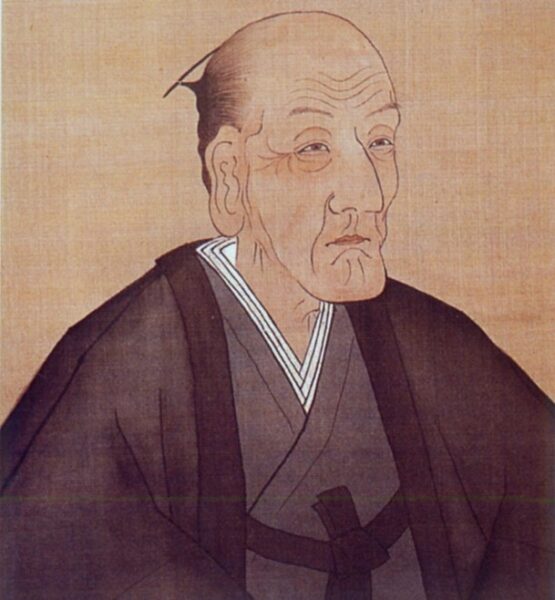
Yozan was adopted into the family by the daughter of the previous feudal lord at the age of 10, and inherited the family headship at the age of 17. Yozan became a leader who unified the Yonezawa region at a young age, and used his various ingenuity to prosper the Yonezawa domain
The land protected by Uesugi Yozan | The revolution that built the foundations of Yonezawa
Uesugi Yozan implemented various reforms between the time he inherited the family headship and his retirement at the age of 35. The effects of these reforms later became the economic and industrial foundation of the Yonezawa domain
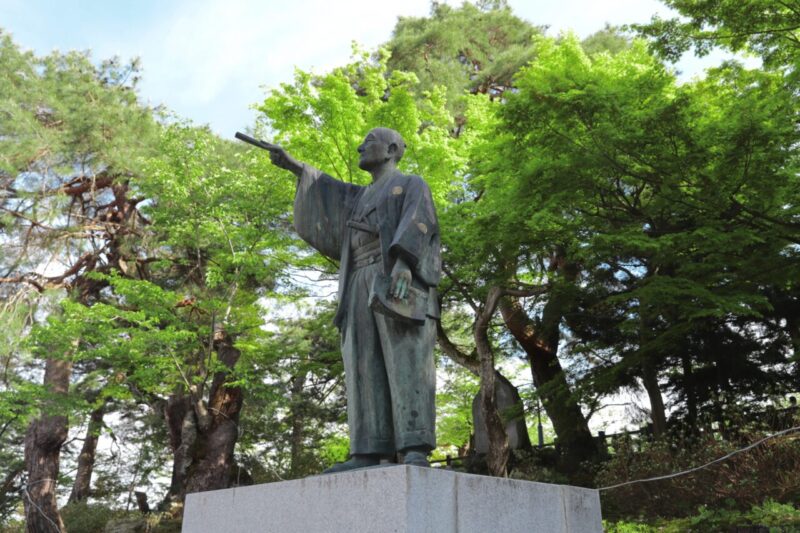
great thrift ordinance
When Yozan inherited the family headship, the Yonezawa domain was in enormous debt. Therefore, Yozan's first action was to issue a Great Frugality Order. He considered correcting the extravagance and waste of himself and his officials the first step in reforming the domain's administration. Although he faced opposition from senior figures about his involvement in the affairs of the Yonezawa domain, the lord himself took the lead in striving for frugality
Daily meals consisted of one soup and one dish, and everything from haori and hakama to underwear was made of cotton. The number of ladies-in-waiting was also reduced from 50 to 9. As a result, the lord's living expenses at his Edo residence were reduced by more than half
Agricultural Development
Yozan, who felt a sense of crisis at the current situation of farmers fleeing in despair after being devastated by floods and droughts, performed the "Registration of the Fields" ceremony to boost agriculture. The sight of the feudal lord himself taking up a hoe to cultivate the fields seems to have increased the motivation of farmers and samurai to cultivate the fields, leading to the promotion of agriculture
Industrial development
With the goal of rebuilding the economy of the Yonezawa domain, Takayama also worked on industrial development
Weaving was encouraged as a side job for the women and children of samurai families. The spread of sericulture led to silk weaving, which later laid the foundation for the techniques of Yonezawa weaving. Even today, Yonezawa weaving is known as a traditional craft that represents Yonezawa City
Other technological developments included salt production, paper production, and pottery production
academic studies
Yozan placed great importance on spreading knowledge and founded the domain school, Kojokan. By teaching students not only reading and writing but also practical subjects such as politics and economics, he played a part in nurturing talented people for the domain
Famine prevention measures
The Tenmei famine, which occurred during the reign of Uesugi Yozan, resulted in countless deaths in the Tohoku region. The Yonezawa domain, which Yozan ruled, used its financial resources to purchase rice from Niigata and Sakata, in an effort to reduce starvation deaths. Learning from this experience, Yozan is said to have spread research into plants and animals that could be used as substitute foods and methods for making preserved foods throughout the domain
Many historical sites of Uesugi Yozan
We will introduce some recommended spots to follow in the footsteps of Uesugi Yozan
Uesugi Shrine (Sub-shrine: Matsusaki Shrine)
Matsusaki Shrine was established in 1902 when Lord Uesugi Yozan was separated from Uesugi Shrine, and was named after Yonezawa Castle, which is also known as Matsusaki Castle. In 1923, Lord Kagekatsu, the first lord of the Yonezawa domain, was enshrined there, and in 1938, Lord Kagekatsu's senior vassal, Naoe Kanetsugu, Lord Yozan's teacher, Hosoi Heishu, and Lord Yozan's meritorious retainers, Takemata Totsuna and Misato Yoshimasa, were enshrined there, bringing the current enshrined deities to six
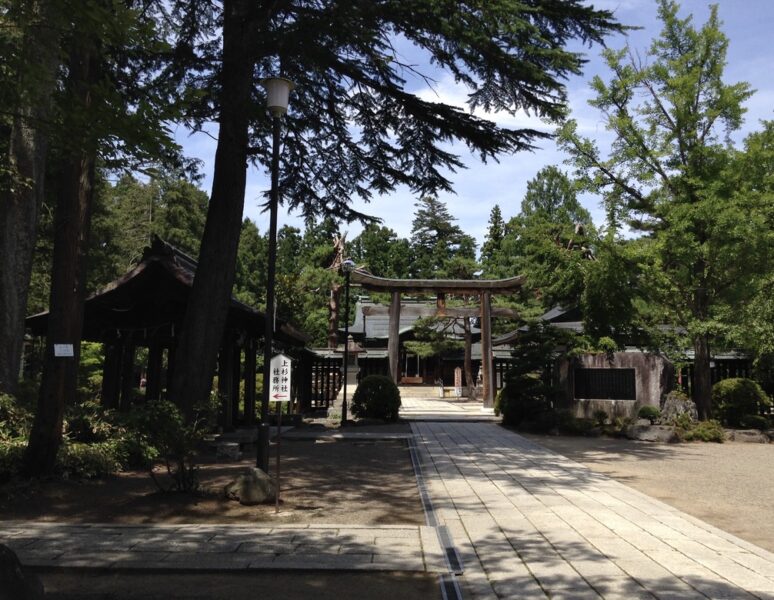
The Yonezawa City Uesugi Museum has a permanent Yozan Theater. Here you can see exhibits that explain Yozan's reforms in an easy-to-understand way, including dramatic videos, dioramas, and touch panels. The museum also houses items related to the Uesugi clan and national treasures. History buffs should definitely enjoy both
Uesugi Shrine <Information>
- Name: Uesugi Shrine (Sub-shrine: Matsusaki Shrine)
- Address: 1-1-38 Marunouchi, Yonezawa City, Yamagata Prefecture, 992-0052
- Phone number: 0238-22-3189
- Official URL: https://www.uesugi-jinja.or.jp/
Google Map
Forest of Tradition (Yonezawa City Uesugi Museum and Okitama Cultural Hall)
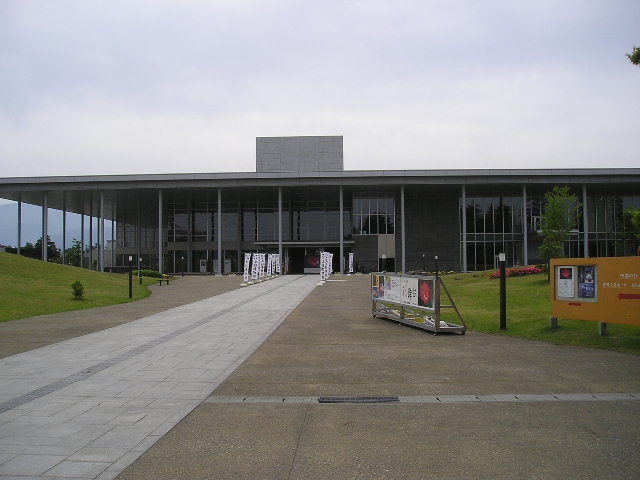
The Yonezawa City Uesugi Museum has a permanent Yozan Theater. Here you can see exhibits that explain Yozan's reforms in an easy-to-understand way, including dramatic videos, dioramas, and touch panels. The museum also houses items related to the Uesugi clan and national treasures. History buffs should definitely enjoy both
Denkoku no Mori <Information>
- Name: Denkoku no Mori (Yonezawa City Uesugi Museum and Okitama Cultural Hall)
- Address: 1-2-1 Marunouchi, Yonezawa City, Yamagata Prefecture, 992-0052
- Phone number: 0238-26-8001
- Official URL: https://www.denkoku-no-mori.yonezawa.yamagata.jp/top.htm
Google Map
summary
In this article, we introduced Uesugi Yozan, a famous wise ruler from Yonezawa City, Yamagata Prefecture, and the spots associated with him
The reason why his name has been passed down to future generations as Lord Yozan is likely due to gratitude for his achievements in building the economic and industrial foundations of Yonezawa City. Why not follow the path of Yozan, who acted with sincerity to protect the people of his domain?



![Is Uesugi Takayama praying for rain? Yonezawa Atago Shrine also has an entertainment shrine within its precincts. In the background is that big-name comedy actor! [Yonezawa City, Yamagata Prefecture] PXL_20230527_032712503.MP](https://jp.neft.asia/wp-content/uploads/2023/05/PXL_20230527_032712503.MP_-150x150.jpg)
![[Yonezawa City, Yamagata Prefecture] What kind of place is Yonezawa? Trivia series to help you understand the region, including its history, sightseeing spots, and specialties 24937365_m](https://jp.neft.asia/wp-content/uploads/2024/05/24937365_m-150x150.jpg)
![[Yonezawa City, Yamagata Prefecture] The library in Yonezawa City might be wonderful! Looks comfortable too. PXL_20220610_053210773](https://jp.neft.asia/wp-content/uploads/2022/06/PXL_20220610_053210773-150x150.jpg)
!["Mogami safflower" certified as a Japanese heritage and Japanese agricultural heritage [Yamagata Prefecture] Mogami safflower](https://jp.neft.asia/wp-content/uploads/2022/12/30121446_m-1-150x150.jpg)

![[Tsuruoka City, Yamagata Prefecture] Tsuruoka's food culture has been passed down for hundreds of years 1470_Zenpoji Temple](https://jp.neft.asia/wp-content/uploads/2023/04/2d6b75e2500adfb8f7b8e6c68a2f7a03-150x150.jpg)
![[Yonezawa City, Yamagata Prefecture] Visit a hot spring connected to the Uesugi family of the Yonezawa Domain 1530_Onogawa Onsen Foot bath](https://jp.neft.asia/wp-content/uploads/2023/05/4ed5d5851f7d92ca3b0ebed3220d6418-150x150.jpg)
![[Yamagata Prefecture] Walking through Tokamachi and Nanokamachi in Yamagata City, where the scent of the Edo period remains Yamagata city from Kasumi Castle Central Observation Room](https://jp.neft.asia/wp-content/uploads/2023/09/26303875_m-150x150.jpg)
